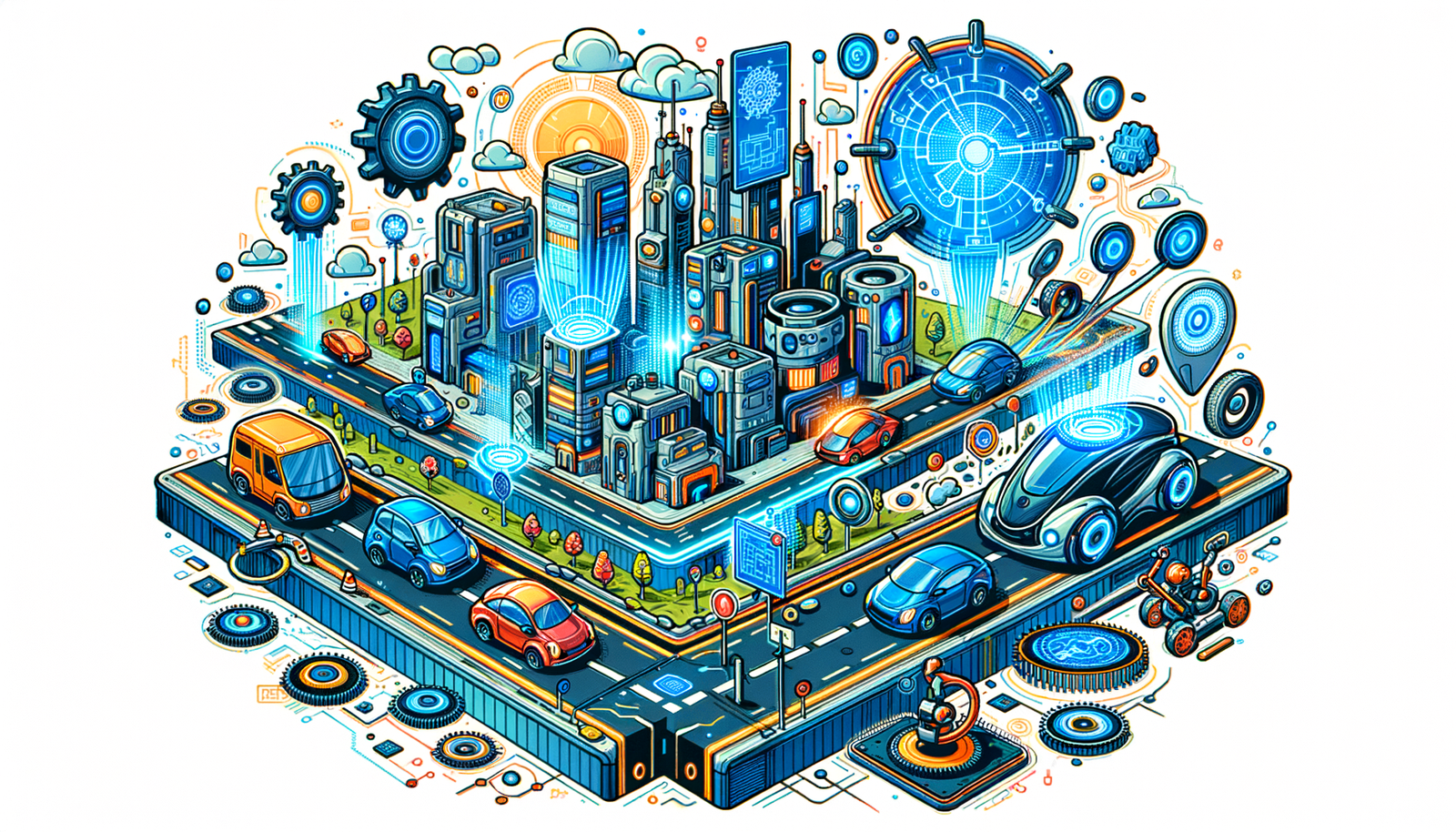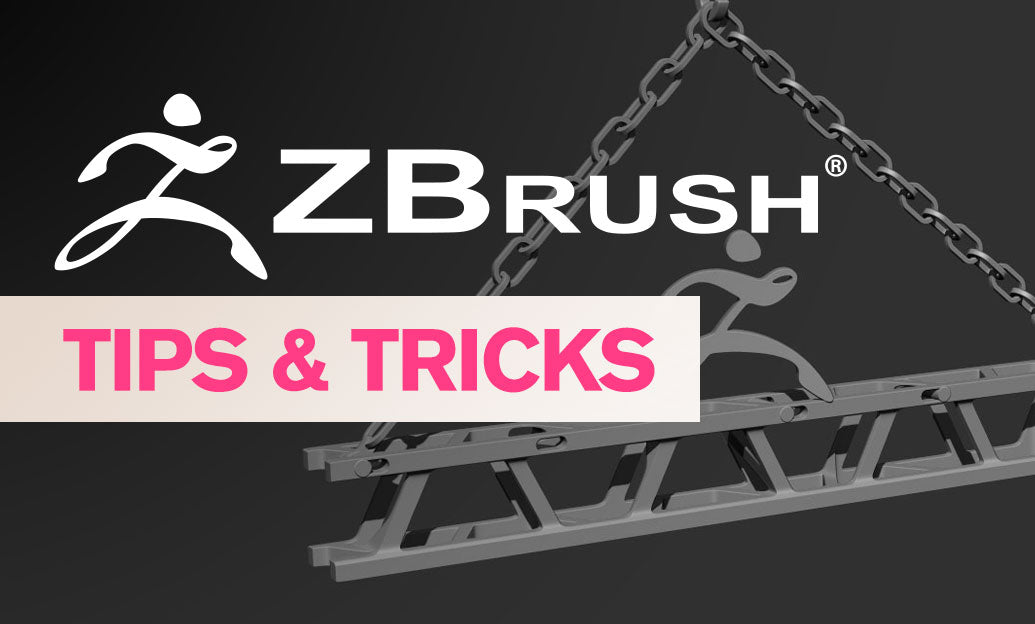Your Cart is Empty
Customer Testimonials
-
"Great customer service. The folks at Novedge were super helpful in navigating a somewhat complicated order including software upgrades and serial numbers in various stages of inactivity. They were friendly and helpful throughout the process.."
Ruben Ruckmark
"Quick & very helpful. We have been using Novedge for years and are very happy with their quick service when we need to make a purchase and excellent support resolving any issues."
Will Woodson
"Scott is the best. He reminds me about subscriptions dates, guides me in the correct direction for updates. He always responds promptly to me. He is literally the reason I continue to work with Novedge and will do so in the future."
Edward Mchugh
"Calvin Lok is “the man”. After my purchase of Sketchup 2021, he called me and provided step-by-step instructions to ease me through difficulties I was having with the setup of my new software."
Mike Borzage
Rhino 3D Tip: Enhancing Visual Presentations in Rhino 3D with V-Ray: Essential Rendering Tips
March 30, 2025 2 min read

For Rhino 3D users looking to elevate their visual presentations, V-Ray offers a powerful rendering solution that integrates seamlessly with Rhino. Here are some essential tips to enhance your rendering workflow with V-Ray for Rhino.
1. Install and Set Up V-Ray for Rhino
- Ensure you have the latest version of V-Ray compatible with your Rhino installation.
- Configure V-Ray as your default renderer in Rhino through the Render > Current Renderer menu.
2. Utilize the Asset Editor
- Use the V-Ray Asset Editor to manage materials, lights, and settings in one place.
- Organize your assets into folders for an efficient workflow.
3. Efficient Material Management
- Apply PBR (Physically Based Rendering) materials for realistic textures.
- Customize material properties like reflection, refraction, and bump maps to achieve desired effects.
- Use V-Ray’s extensive material library for quick access to common materials.
4. Lighting Techniques
- Implement HDRI (High Dynamic Range Imaging) environments for realistic lighting and reflections.
- Utilize V-Ray Sun and Sky system for outdoor scenes.
- Adjust light intensities and colors to match the mood of your scene.
5. Optimize Render Settings
- Adjust render output settings for the appropriate resolution and quality.
- Use denoising features to reduce render times while maintaining quality.
- Experiment with Global Illumination settings to improve lighting realism.
6. Leverage Interactive Rendering
- Use V-Ray's Interactive Rendering mode to see real-time updates as you adjust materials, lights, and geometry.
- This helps in making quick decisions and refining your scene efficiently.
7. Camera Settings
- Simulate real-world camera effects by adjusting exposure, depth of field, and motion blur.
- Use Physical Camera settings to control the camera's shutter speed, aperture, and ISO.
8. Post-Processing with V-Ray Frame Buffer
- Utilize the V-Ray Frame Buffer (VFB) for color corrections and applying LUTs (Look-Up Tables).
- Save time by making adjustments without re-rendering the entire scene.
9. Render Elements
- Output separate render elements (passes) like reflections, shadows, and ambient occlusion.
- This allows for greater control during post-production in software like Photoshop or After Effects.
By integrating these tips into your workflow, you can maximize the potential of V-Ray for Rhino and produce stunning, photorealistic renders. For more advanced tools and plugins to enhance your Rhino experience, visit NOVEDGE, your one-stop shop for design software solutions.
You can find all the Rhino products on the NOVEDGE web site at this page.
Also in Design News

Driving the Future: AI-Enhanced CAD for Automated Design Optimization
May 09, 2025 8 min read
Read More
ZBrush Tip: Maximize Your ZBrush Workflow with Advanced PolyPaint Techniques
May 09, 2025 2 min read
Read MoreSubscribe
Sign up to get the latest on sales, new releases and more …



